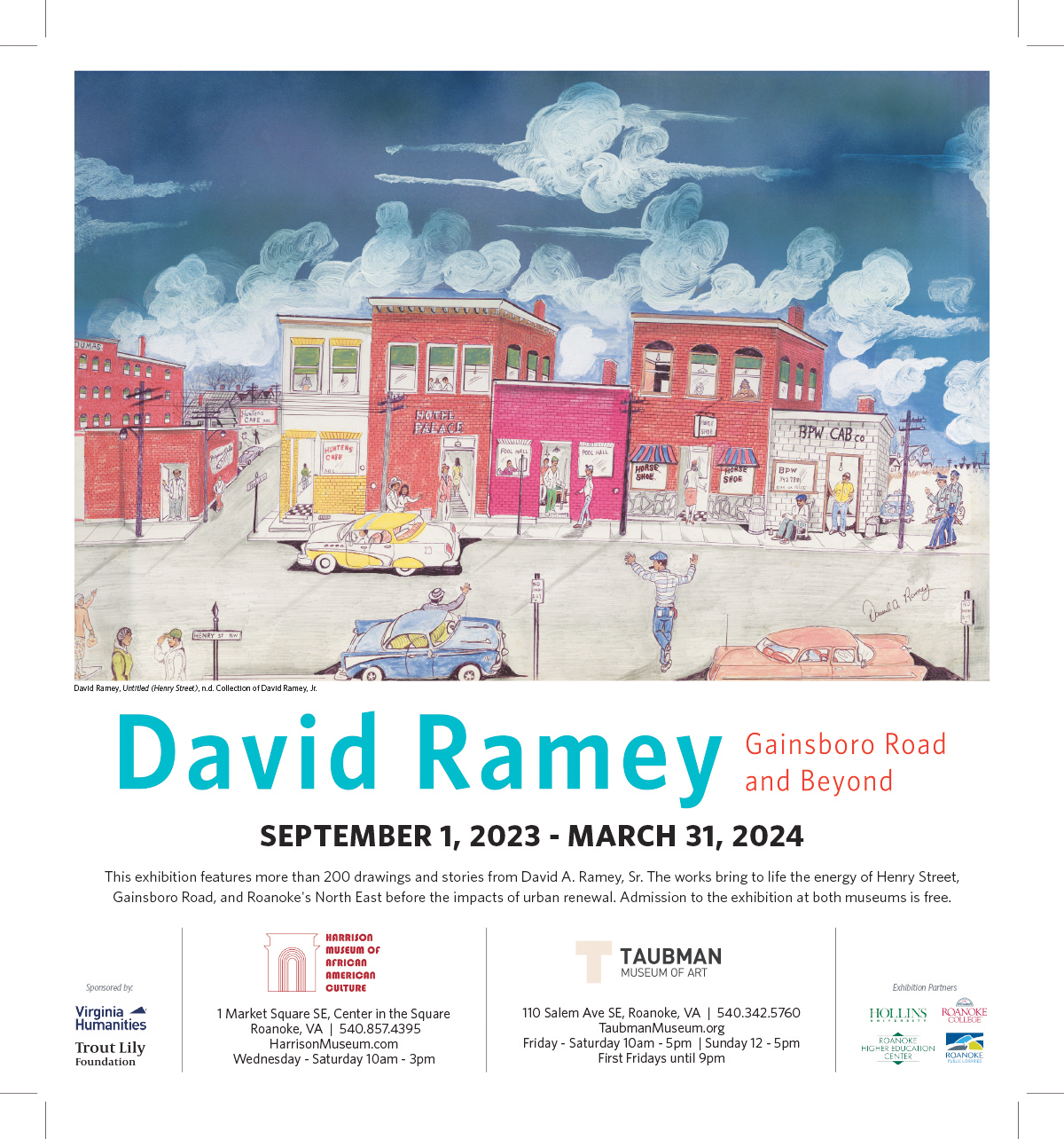 Domestic terrorists may have been busy recently. Two kinds of institutions that have trained, sustained, and propelled African Americans appear to have been the victims of arson in recent days. Within ten days, three black churches in one Louisiana parish have burned. Each was over 100 years old.
Domestic terrorists may have been busy recently. Two kinds of institutions that have trained, sustained, and propelled African Americans appear to have been the victims of arson in recent days. Within ten days, three black churches in one Louisiana parish have burned. Each was over 100 years old.
The first was St. Mary Baptist Church in St. Landry Parish on March 26. A few days later and ten miles away, a second fire occurred at the Greater Union Baptist Church. Two days afterward and about seven miles away, a third fire happened at the Mount Pleasant Baptist Church. There were no reported deaths or injuries, as the churches were vacant at the time of the blaze.
Black churches are perennial targets of terrorists, with at least 100 church burnings since the 1950s. But black church burnings go back further than that. In the era of slavery, some black churches were razed when they were thought to be sources of opposition to slavery.
Observers have often regarded black churches as part church and part psychological refuge. Thus, attacks on churches are seen as attempts to eliminate critical sources of strength of blacks.
Arson is suspected in these church burnings; however, arson is virtually assured in the fire last week at one of the most important institutions of the post-WWII civil rights movement– the Highlander Research and Education Center. Last week the main office building of the Center in New Market, Tennessee, was burned, and a calling card was left–white supremacist symbols drawn on the ground.
In its long history, the center focused first on training union organizers, but in the 1950s Highlander became a center of the civil-rights movement. In its unique interactive style, it trained many civil rights leaders, with its “citizenship” training led by the great Septima Clark, whom Martin Luther King dubbed the mother of the civil rights movement. Clark’s students included Rosa Parks (before she ignited the bus boycott), Martin Luther King, early leaders of SNCC—which she helped start, and thousands of others across the south.
The Highlander was also where the song “We Shall Overcome” was developed into the civil rights anthem by the Highlander music director, Guy Carawan. In recent years, whenever I would introduce Carawan by giving him credit for the song, he would disagree and say that the most important thing he ever did was be Septima Clark’s chauffeur. She could not drive. So he transported her across the south to conduct her citizenship schools.
The Highlander Center will undoubtedly carry on as it always has—like when it was destroyed by arson and next when the State of Tennessee closed it on bogus charges.
Even though homegrown terrorism is on the rise and white supremacists have been tied to many of the most lethal acts of terror, the Department of Homeland Security recently disbanded a group of analysts focused on this issue. I guess this is not surprising since Donald Trump has bragged publicly about being a white nationalist—a slightly more acceptable way of saying, white supremacist.




